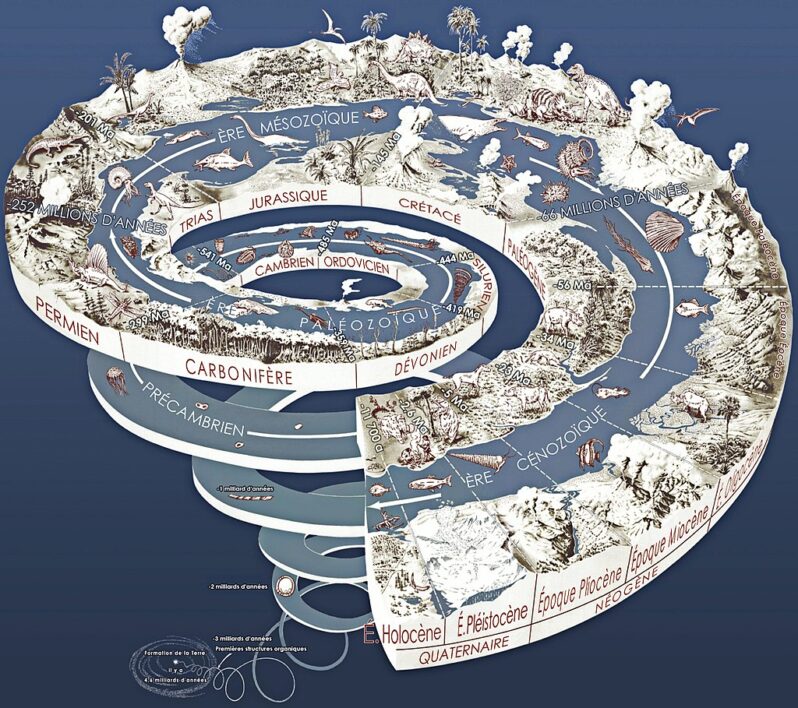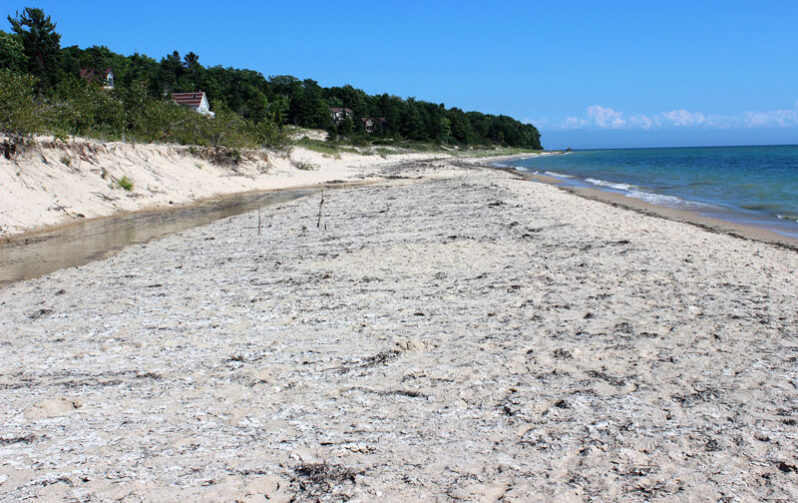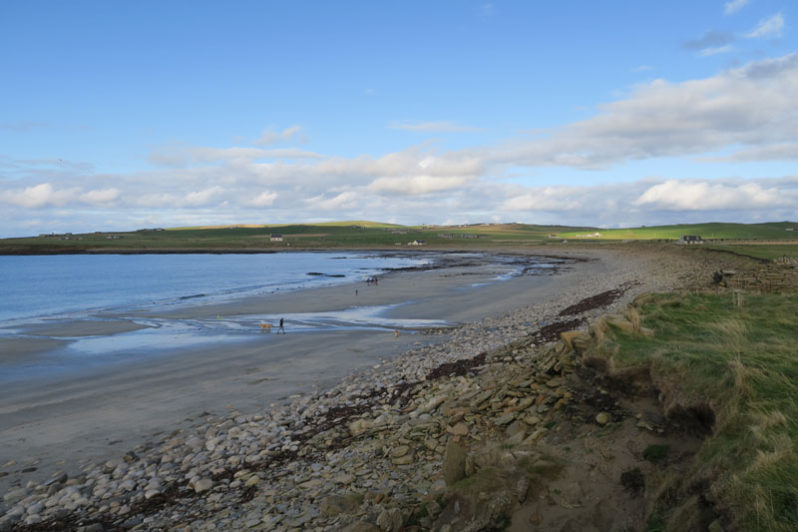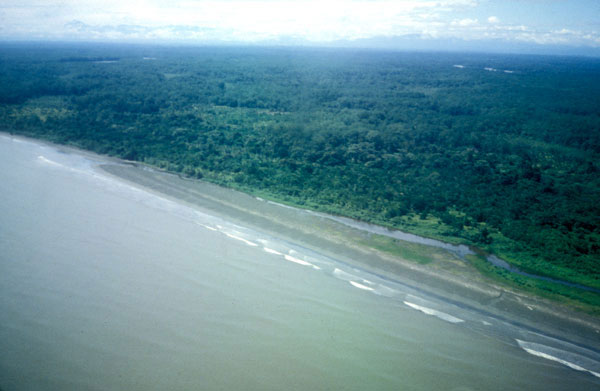The Unsustainable Harvest of Coastal Sands – Science

Although coasts form a crucial part of the natural wealth of the planet, their conservation is increasingly jeopardized owing to the growing human footprint. With 50% of the world’s population living within 150 km of a coastline, increasing urbanization and population pressures are threatening these fragile ecosystems…
Is Earth in a New Time Period: The Plasticene? – Frontiers for Young Minds

Earth has a special calendar called the geologic time scale…We are currently in the Holocene Epoch, but some scientists believe we have entered a new time called the Anthropocene or the “Age of Humans” because of our impact on the planet. One of the biggest changes humans have made is inventing and using plastic..Because plastic is now found everywhere, some scientists, like us, think we have entered a new stage in Earth’s history called the Plasticene…
The global impact of sand mining on beaches and dunes – Ocean & Coastal Management

Beaches and coastal dunes have always supplied sand for a wide range of uses, and initially the extracted volumes were limited to buckets, wheelbarrows, or small pickup truck loads. However, starting in the late twentieth century, and thanks to urban development, especially for coastal tourism, coastal and river sand has been extracted at an accelerated pace, and on a much grander scale…
Vanishing Sands: How Sand Mining is Stripping Away Earth’s Beaches by Orrin Pilkey, et al – Duke | Nicholas School of the Environment

A new book from Duke University Press, “Vanishing Sands: Losing Beaches to Mining,” casts light on the shadowy world of sand mining through case studies that illuminate its disastrous impacts and a concluding chapter that proposes common-sense solutions.
Because of the tradition of viewing beaches as public land, people have historically thought of beach sand as a free and limitless resource, Pilkey and his co-authors explain in their preface to “Vanishing Sands…”
Beaver Island Michigan, 2016 – 2020: Beach Perspectives; By William J. Neal

Most readers probably have heard of Mackinac Island, either for its strategic place in early American history, or as today’s high-end resort. In contrast, lesser known Beaver Island has a more colorful history.
Skara Brae Beach, Scotland: Thoughts on the Short and Long of Sea-Level Rise; By William J. Neal

Perceptions based on the present bias our perception of the past and future. A static view of our environment is misleading. The human association with water, particularly shorelines, is a case in point. We do not perceive the history of place, and globally we occupy sites as if they are unchanging, not realizing that in fact they are of high risk.
Santa Veronica Beach, Atlantico, Caribbean coast, Colombia: A model of small community, beach loss, wrong responses; By Nelson Rangel-Buitrago, Adriana Gracia & William J. Neal

Santa Veronica is one of numerous recreational beach developments along Colombia’s Caribbean Coast most sharing a similar history of shoreline retreat, perceived as shoreline erosion, and the attempt to hold the shoreline in place through the use of shore-hardening structures.
Colombian Pacific Beaches at the Mouth of Bahia de Buenaventura; By William J. Neal & Orrin H. Pilkey

Among the world’s most remote beaches are those that line the 62 barrier islands of Colombia’s Pacific Coast. Only two roads lead over the Andes to access points from which the islands and their few, very small, subsistence coastal villages can be reached by boat. By William J. Neal and Orrin H. Pilkey
